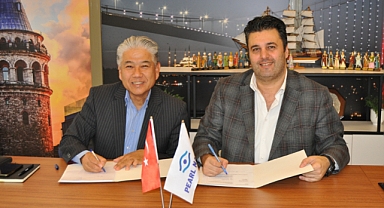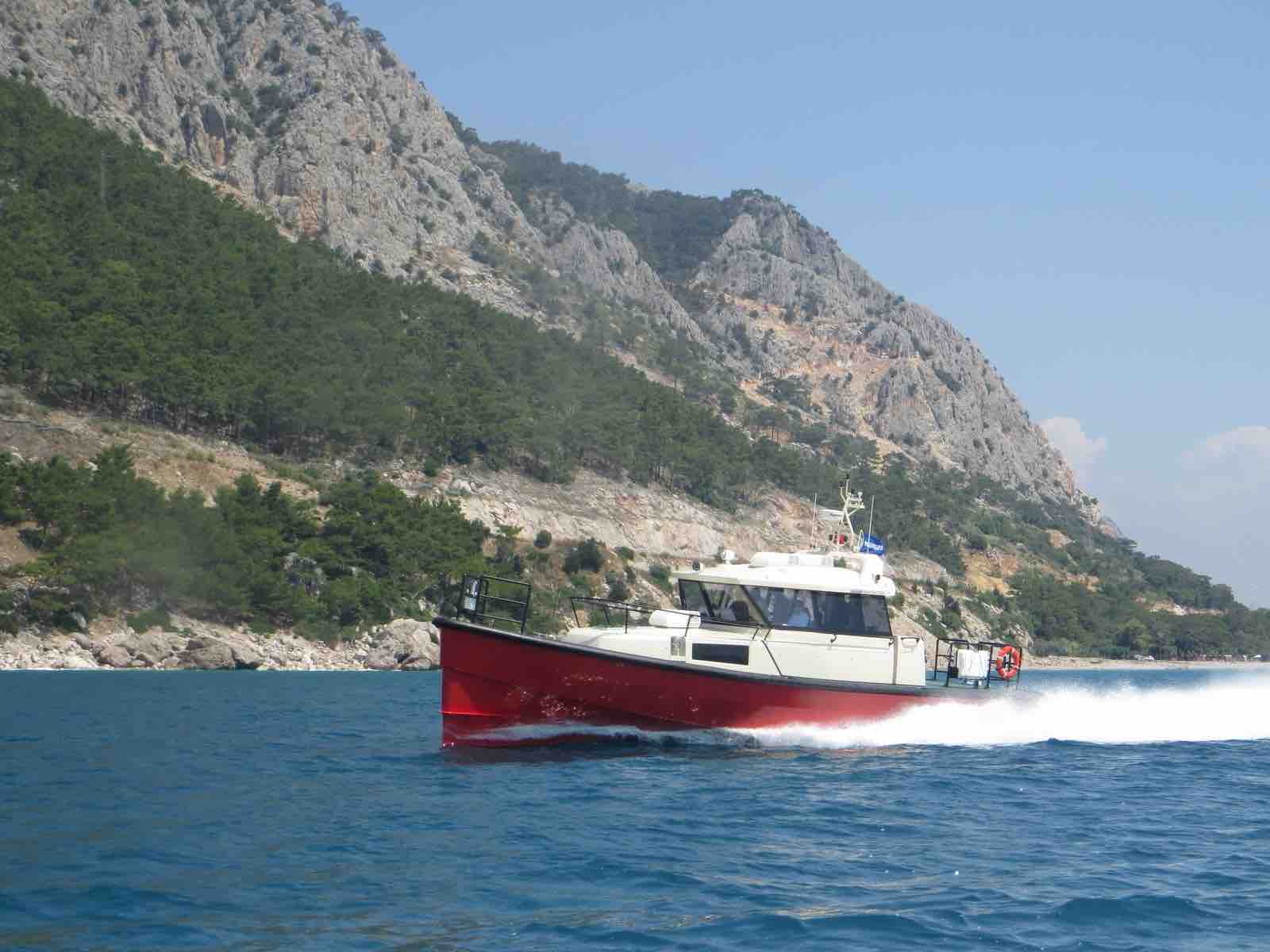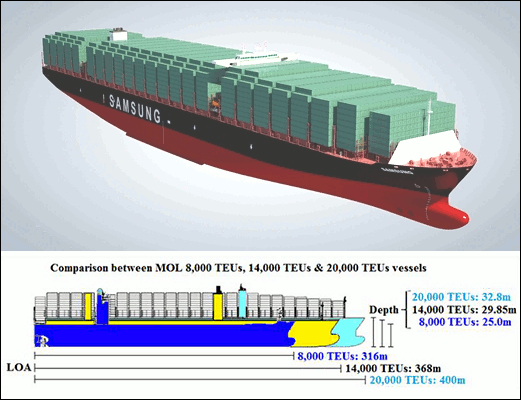CO-FOUNDER of CLIVE Data Services and now chief airfreight officer at Xeneta, Niall van de Wouw, has said that high rates in the air cargo industry are caused by bottlenecks in ground handling capacity rather than aircraft capacity constraints.
Speaking in a recent TIACA Economics4Cargo airfreight update, he pointed out that these bottlenecks are caused by shortages of cargo handling staff and truck drivers, reports London's Air Cargo News.
'As a result of that, it's still quite difficult to get your goods from A to B by air.' Shortages, bottlenecks and uncertainty are keeping 'rates at a high elevated level', he said.
He said Covid regulations could further impact on staffing shortages. 'Therefore, bottlenecks are being created in the supply chain and rates not declining as fast as one would expect purely based on the load itself.'
Global economic uncertainty alongside low but rising interest rates and high inflation are 'starting to bite air cargo volumes'. Comparing May to April, rates are starting to soften, and volumes are slowing.
Rates are still more than plus 130 per cent on pre-Covid despite demand declines. However, the situation is easing: the rates in March were 20 per cent higher than they were 2021 and now they are 16 per cent higher, said Mr van de Wouw.
'We saw rates really jump from Europe to North America during the Covid period, with load factors up into the mid 80 per cent but now they've gone much lower and therefore drastically changed dynamics of the market.'
Now belly capacity has increased with the return of passenger flights there is 4 per cent more capacity now on a global level than in 2021.
'Especially since late March, early April, when airlines introduced their summer schedule, we see much more capacity,' he said.
The dynamic load factor is below pre-Covid levels and there has been a softening of the market. The load factor was initially pushed up when the pandemic started and capacity was cut dramatically. Where passenger capacity has returned, load factors have dropped, but this varies globally.
'In May, we saw more around the 60 per cent mark. While last year it was very high, it was 69 per cent,' said Mr van de Wouw.
'It has really come down in the last few weeks. This is mainly because of increasing capacity, but also weaker demand.
SeaNews Turkey
Speaking in a recent TIACA Economics4Cargo airfreight update, he pointed out that these bottlenecks are caused by shortages of cargo handling staff and truck drivers, reports London's Air Cargo News.
'As a result of that, it's still quite difficult to get your goods from A to B by air.' Shortages, bottlenecks and uncertainty are keeping 'rates at a high elevated level', he said.
He said Covid regulations could further impact on staffing shortages. 'Therefore, bottlenecks are being created in the supply chain and rates not declining as fast as one would expect purely based on the load itself.'
Global economic uncertainty alongside low but rising interest rates and high inflation are 'starting to bite air cargo volumes'. Comparing May to April, rates are starting to soften, and volumes are slowing.
Rates are still more than plus 130 per cent on pre-Covid despite demand declines. However, the situation is easing: the rates in March were 20 per cent higher than they were 2021 and now they are 16 per cent higher, said Mr van de Wouw.
'We saw rates really jump from Europe to North America during the Covid period, with load factors up into the mid 80 per cent but now they've gone much lower and therefore drastically changed dynamics of the market.'
Now belly capacity has increased with the return of passenger flights there is 4 per cent more capacity now on a global level than in 2021.
'Especially since late March, early April, when airlines introduced their summer schedule, we see much more capacity,' he said.
The dynamic load factor is below pre-Covid levels and there has been a softening of the market. The load factor was initially pushed up when the pandemic started and capacity was cut dramatically. Where passenger capacity has returned, load factors have dropped, but this varies globally.
'In May, we saw more around the 60 per cent mark. While last year it was very high, it was 69 per cent,' said Mr van de Wouw.
'It has really come down in the last few weeks. This is mainly because of increasing capacity, but also weaker demand.
SeaNews Turkey









